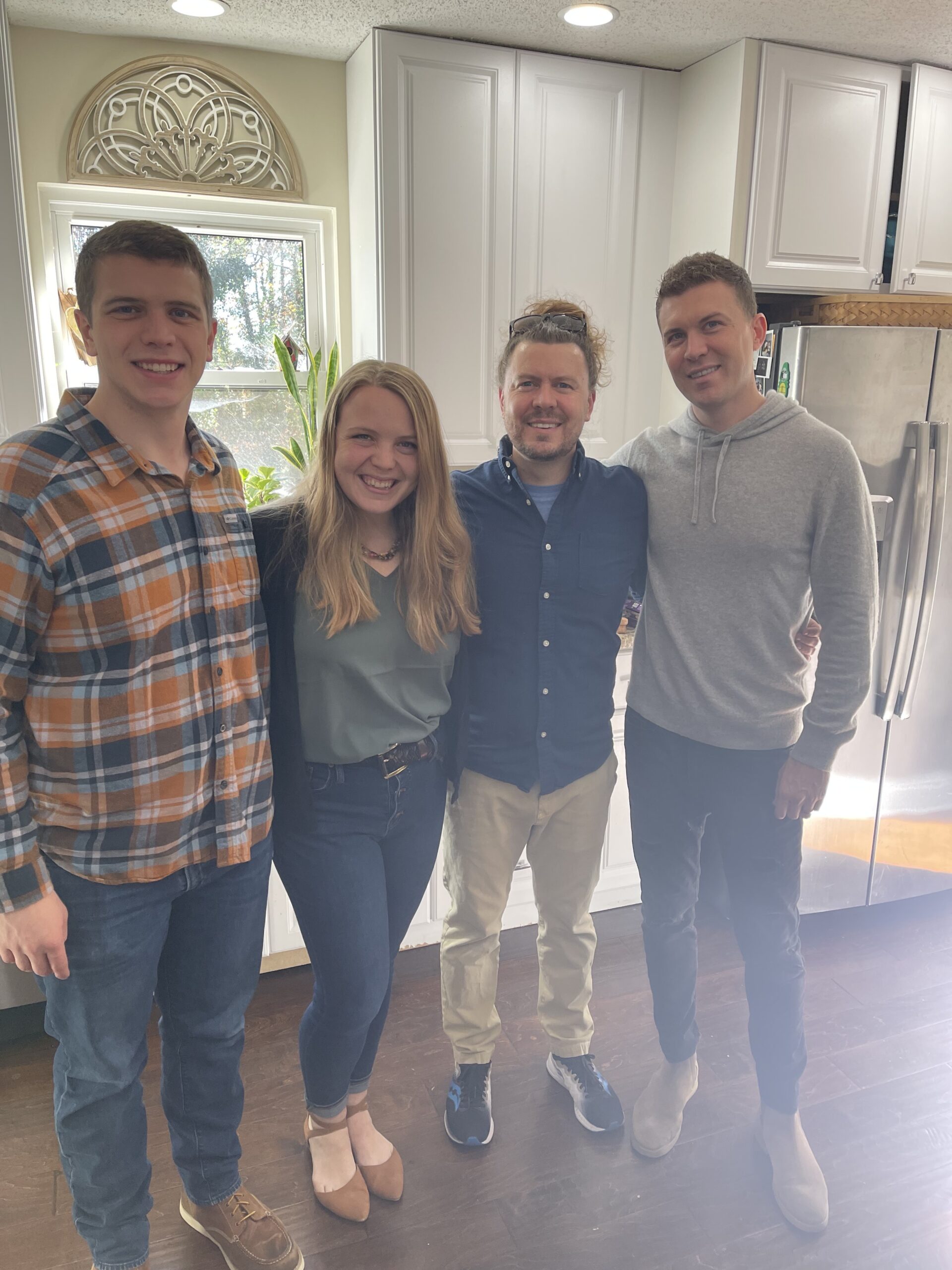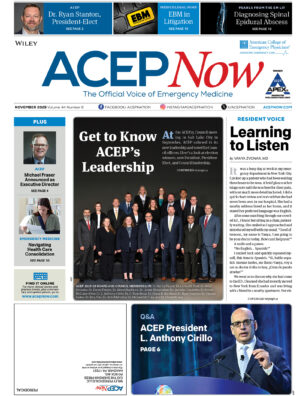Sarah Kliff of the Washington Post posted an article based on the Commonwealth Fund’s recent international comparison on health spending. In it, she points out that the Netherlands (a nation whose entire population is the size of the United States’ non-group private market) spends $4,914 per capita on health while the U.S. spends $7,960. By moving to a Netherlands-style health system, could the United States save $705 billion, as Kliff claims?
Explore This Issue
ACEP News: Vol 31 – No 07 – July 2012Regardless of the answer, the United States is already making the transition to a Netherlands-style health system as a result of the Affordable Care Act. Its core elements are extremely similar to the Dutch Health Insurance Act of 2005, which applied an individual mandate to all Dutch citizens and residents paying payroll taxes. “Health insurers (largely for-profit companies) were required to enroll all who applied (guaranteed issue), charge community rated premiums, and cover a basic benefits package that included ambulatory care, hospitalization, some dental care, pharmaceuticals, maternity care, ambulance services, and some rehabilitation services.” Sound familiar?
The Dutch fund their system based on personal premiums (over 1,000 Euros per year) and a 6.5% payroll tax (up to an additional 2,233 Euros). They even offer low-income subsidies to purchase insurance, just like the Affordable Care Act.
So how did the Dutch system fare for cost increases? Initially costs continued to rise after the reforms; not surprisingly, public opinion sagged. More recent research showed that “the Dutch reforms [have] achieved nearly universal health care while health care expenditures remained flat.” Only about 1% of the population is uninsured by recent estimates.
However, the insurance market has become more concentrated; five large insurance conglomerates cover 80% of the population. That could lead to a potential inability to control costs, as competition is limited.
On the provider side, the Netherlands has successfully incorporated prospective payment (like bundled payments and capitation) into a fee-for-service structure. The U.S. lags far behind in that effort. If experiments like bundled payment and accountable care organizations can rein in significant savings, maybe the Affordable Care Act can emulate the Netherlands’ health reforms.
Even if those payment reforms flop, the changes to the health insurance marketplace at least offer equity, enlarge the risk pool, and provide the best politically realistic choice to achieve (near) universal health care in the United States.
Dr. Dark is an emergency physician at Saint Agnes Hospital in Baltimore. He is the founder and executive editor of Policy Prescriptions, a website focused on analysis of health policy, literature, and the political process as it relates to health care.
This recurring feature presents posts by various EM bloggers. Read the original blog post at www.policyprescriptions.org/be-like-the-netherlands. Reprinted with permission.
Pages: 1 2 | Multi-Page





No Responses to “Be Like The Netherlands?”